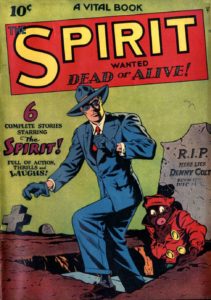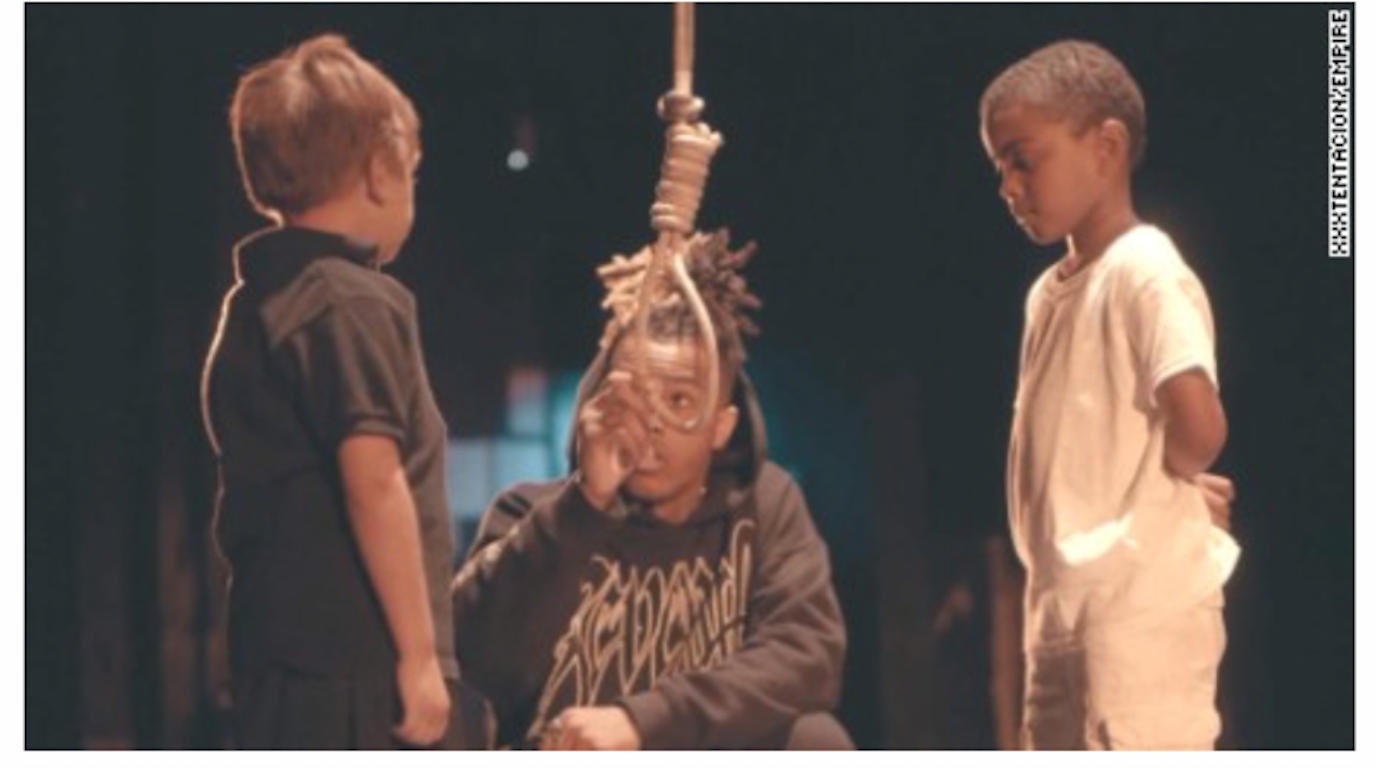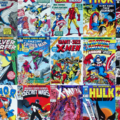
“Comic strips have historically been full of ugly stereotypes, the hallmark of writers too lazy to honestly observe the world.” Bill Watterson wrote this in his tenth-anniversary book of Calvin and Hobbes. When I first read this quote, I was surprised by how insightful it was, especially considering our current political climate. The concern over diversity and representation in our media has been a major topic of social and political debate for some time now. The reevaluation of stories from our history has become a new progressive pastime as many try to create more empathetic representations of cultures across the world. However, I do not think we give enough time to consider the cause of the insensitive racial images that we loathe to look back on. The conversation usually ends with the remark, “It was a different time,” or, “How could anyone think that this was okay?”, but I believe that the true cause of the historically racist imagery in our media (especially in comics) is the ignorance of some of the most essential responsibilities of storytelling.
The use of racial stereotypes and racial caricatures has been a particularly widespread issue in the history of comics and can be attributed to the most influential creators in the medium. Even the work of Will Eisner, the commonly named father of the graphic novel, is haunted by characters like Ebony White. Ebony White, pictured below, is the black sidekick to Eisner’s most popular character, a masked crimefighter known as the Spirit. Eisner depicted Ebony as a short man with a comically stereotypical African American dialect and facial features resembling blackface. But we must still ask, “Why are these images so prevalent in comics history?” Well, the use of caricature has always been a significant part of the cartooning process and is one of the most powerful tools in the comics artist’s belt. Through distortion and simplification, artists can create powerful statements or even evoke a sort of shorthand for expressing who a character is and what their personality might be based solely on the way they are drawn.

This is something Eisner himself talks about extensively in his book Graphic Storytelling and Visual Narrative. In his book, Eisner states, “…the stereotype is a fact of life in the comics medium. It is an accursed necessity—a tool of communication that is an inescapable ingredient in most cartoons.” Eisner did not see stereotypes as fundamentally evil, in fact, he saw them as a useful storytelling device. Comics is an art of simplification. It is a visual art where the reader must be able to simply and clearly understand character motivations and story by examining the page. Stereotypes for Eisner were a necessity for creating visually expressive characters that his readers could easily comprehend within the pages of a short comic. The trouble begins when these stereotypes are misused. Eisner prefaced the previous quote by noting that “[w]here [stereotype] simplifies and categorizes an inaccurate generalization, it can be harmful, or at the least offensive.” The parallels to the earlier Bill Watterson quote are very clear. It is when the shorthand of stereotypes is abused that it becomes harmful. It is sad then that it doesn’t take long to find examples of Eisner’s work, like the character of Ebony White, that contradict his very own statements.
Stereotypes become a crutch. They can be useful to create specific and deliberate images for the reader, however, once an artist begins to rely on them as a means of developing character, that is when the author’s own prejudices or the prejudices of the time may reveal themselves. If the artist is not careful, the careless images they create may end up being harmful. Eisner, as incredible a storyteller as he was, relied on stereotypes as a method of efficient storytelling. While he considered it as one of his essential tools, it became one of his greatest shortcomings as society entered a new progressive era. It is certainly easier and more efficient to rely on stereotypes and it would be a lie to say we don’t all use stereotypes in our daily lives or in our work even if we try our best not to, yet it is an artist’s responsibility not to succumb to these stereotypes. Rather, their responsibility is to conquer them. Observing the world honestly takes incredible effort, and an artist cannot do it if they lean on stereotypes. Cartooning will always rely on caricature and stereotypes in some form or another, but it will depend on the artist to make sure that these tools are used properly to enforce an accurate perception of the world for their audience.








This post really shows the importance of acknowledging that stereotypes have the ability to sneak into art, in this case cartoons, because artists decide to use shortcuts. I wonder how comic creators can balance visual efficiency with less stereotypical representations. I think historical comics are important because they stand as lessons for modern comics. Creators can have good intentions, but that doesn’t mean they aren’t reinforcing harmful stereotypes.